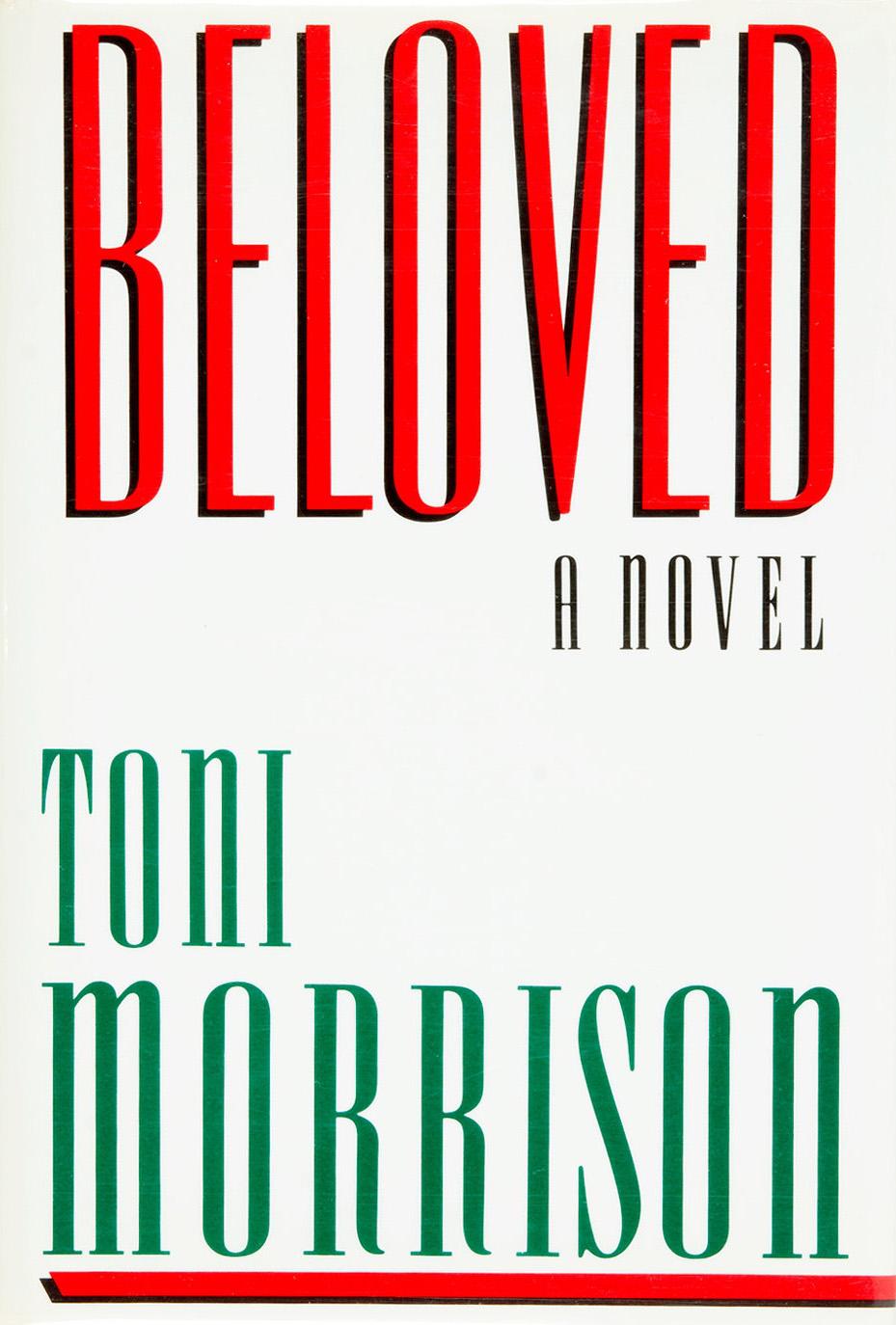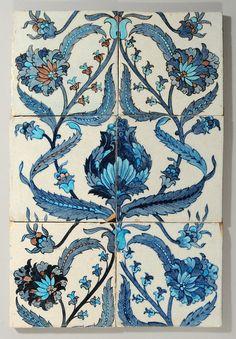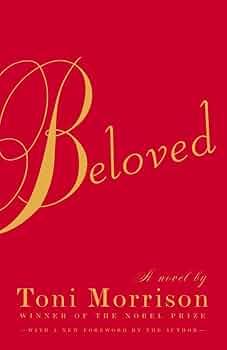slavery/” title=”How Beloved by Toni Morrison Explores the Legacy of Slavery”>Toni Morrison‘s “Beloved” stands as a monumental work in contemporary literature, not only for its poignant exploration of post-Civil War America and the haunting legacy of slavery but also for its intricate narrative structure that demands rigorous analysis. As readers navigate the fragmented timeline and shifting perspectives, they are invited to piece together a tapestry of trauma, memory, and identity. This article delves into the novel’s complex narrative architecture, examining how Morrison’s deliberate manipulation of time and voice serves to enhance the thematic depth and emotional resonance of the story. By dissecting the interplay between past and present, reality and supernatural, we aim to uncover the ways in which Morrison crafts a multifaceted narrative that challenges conventional storytelling and enriches the reader’s understanding of her characters’ enduring struggles.
Examining Temporal Shifts and Their Impact on Storytelling
In Toni Morrison’s Beloved, temporal shifts are not merely a narrative device but a profound lens through which the complexities of trauma and memory are explored. The novel’s structure is a tapestry of past and present, weaving together fragmented memories that challenge linear storytelling conventions. Morrison’s deliberate manipulation of time reflects the disorientation and fragmentation experienced by her characters, particularly Sethe, whose past relentlessly intrudes upon her present. This non-linear approach allows readers to experience the cyclical nature of trauma, illustrating how the past is inextricably linked to the present.
- Fragmented Narratives: Characters’ memories emerge sporadically, mirroring the unpredictable nature of recollection.
- Non-linear Chronology: Events are not presented in chronological order, reflecting the complex interplay between memory and identity.
- Symbolic Temporal Layers: Different time periods overlap, symbolizing the haunting persistence of historical trauma.
Through these temporal shifts, Morrison invites readers to engage with the narrative on a deeper level, challenging them to piece together the story as one might reconstruct a memory. The fluidity of time in Beloved underscores the novel’s central theme: the enduring impact of slavery on the individual and collective psyche. By employing a narrative structure that defies linear progression, Morrison not only tells a story but also immerses readers in the experience of grappling with a past that refuses to be forgotten.

Character Development and the Exploration of Trauma
In Toni Morrison’s Beloved, character development is intricately linked to the exploration of trauma, a theme that reverberates through the novel’s narrative structure. Morrison crafts her characters with profound psychological depth, allowing readers to witness the lasting impact of slavery and personal suffering. Sethe, the protagonist, is haunted by her past actions, which unfold through a non-linear narrative that mirrors the fragmented nature of memory. This narrative choice not only deepens our understanding of her psyche but also evokes the disorienting experience of reliving traumatic events. Paul D and Denver, among other characters, further illuminate the varied ways in which trauma manifests and is confronted, each representing different facets of survival and resilience.
- Sethe’s journey: Her interactions with the ghost of her deceased daughter reveal her struggle with guilt and the desperate lengths she went to in order to protect her children from the horrors of slavery.
- Paul D’s perspective: His character embodies the suppression of trauma, as he grapples with the emotional scars of his past and his place in a world that has consistently dehumanized him.
- Denver’s growth: She transitions from isolation to self-awareness, reflecting the potential for healing and personal growth even amidst a legacy of pain.
Through these complex character arcs, Morrison effectively illustrates how trauma permeates and shapes identity, while also suggesting the possibility of redemption and transformation. The novel’s layered structure serves as a powerful vehicle for exploring these themes, inviting readers to engage with the characters’ inner lives and the broader historical context that informs their experiences.

Symbolism and Themes: A Deep Dive into Morrisons Motifs
In Toni Morrison’s Beloved, symbolism and themes intertwine to create a tapestry of meaning that challenges and enriches the reader’s understanding of history, identity, and the human condition. One of the most potent symbols in the novel is the character of Beloved herself, who embodies the haunting presence of the past. Her ethereal and enigmatic nature represents the unresolved trauma of slavery and the indelible scars it leaves on individuals and communities. Through Beloved, Morrison explores the theme of memory and its inescapable grip on the present.
Another critical motif is the concept of motherhood and the sacrifices it demands. Sethe’s character is a poignant exploration of a mother’s fierce love and the lengths she will go to protect her children. This theme is intricately connected to the symbol of the chokecherry tree, which serves as a physical manifestation of Sethe’s suffering and resilience. Morrison uses these symbols to delve into the broader themes of identity, freedom, and redemption, inviting readers to reflect on the complex legacy of slavery. The narrative is enriched by these motifs, which Morrison weaves seamlessly into the story, allowing the reader to engage deeply with the text.
- Memory and the Past: Beloved as a ghostly reminder.
- Motherhood: Sethe’s sacrifices and love.
- Resilience: The chokecherry tree as a symbol of suffering.
- Identity and Freedom: Exploration of personal and collective liberation.

Recommendations for Further Research and Analysis Techniques
- Comparative Analysis: Future research could benefit from a comparative analysis of the narrative structure in “Beloved” with other works by Toni Morrison. This could involve examining recurring themes, narrative techniques, and character development across her oeuvre to identify unique and common storytelling methods. Such a study would provide deeper insights into Morrison’s narrative style and thematic focus.
- Interdisciplinary Approaches: Employing interdisciplinary methodologies, such as combining literary analysis with historical and cultural studies, can enrich the understanding of the narrative structure. Exploring how Morrison’s storytelling reflects and interacts with historical events and cultural narratives could unveil new layers of meaning in “Beloved”.
- Quantitative Text Analysis: Utilizing digital humanities tools, such as text mining and sentiment analysis, can offer quantitative insights into the narrative structure. These techniques can help identify patterns in language, tone, and thematic elements that might not be immediately apparent through traditional qualitative analysis.
Integrating these advanced research techniques and methodologies could significantly enhance the understanding of the complex narrative structure in “Beloved”. By doing so, scholars and readers alike can appreciate the intricate layers of Morrison’s storytelling, thereby contributing to a more comprehensive appreciation of her literary genius.
